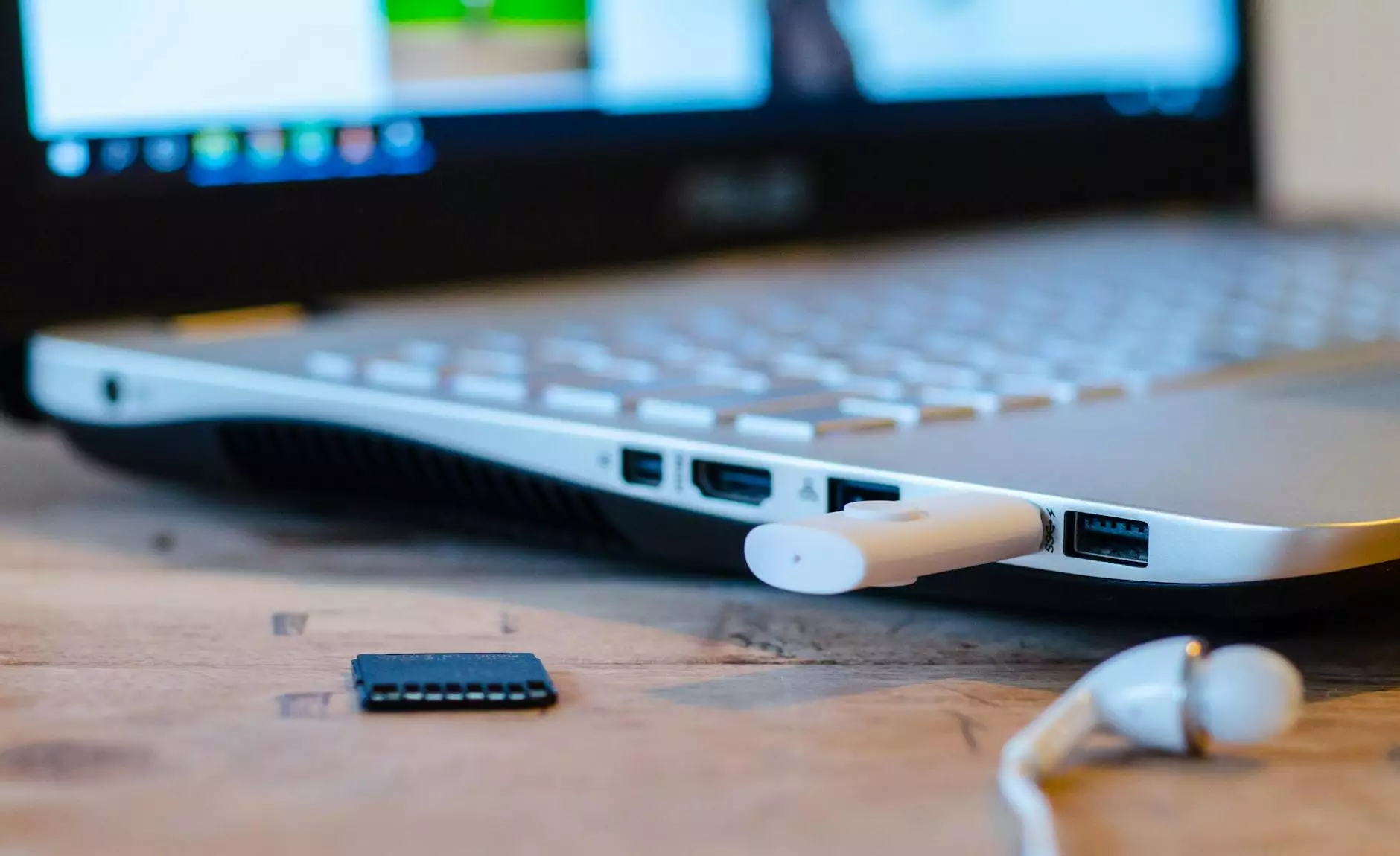The Ultimate Guide to PC ABS in 3D Printing

3D printing has revolutionized the way we think about manufacturing and prototyping. Among the plethora of materials available for 3D printing, PC ABS stands out due to its unique properties and versatility. This article will delve deeply into PC ABS, exploring its characteristics, applications, benefits, and why it's an excellent choice for your next 3D printing project.
What is PC ABS?
PC ABS is an abbreviation for Polycarbonate Acrylonitrile Butadiene Styrene. It is a blend of polycarbonate (PC) and acrylonitrile butadiene styrene (ABS), combining the best features of both plastics. PC provides high impact resistance and temperature tolerance, while ABS adds strength and ease of processing. This synergy results in a material that is not only robust but also easy to work with, making it a preferred choice in various industries.
Key Properties of PC ABS
Understanding the properties of PC ABS is essential for determining its suitability for various applications. Here are some notable properties:
- Impact Resistance: One of the most significant advantages of PC ABS is its outstanding impact resistance, making it ideal for applications where durability is crucial.
- Heat Resistance: It can withstand higher temperatures compared to regular ABS, making it suitable for parts exposed to heat.
- Flexibility: This material offers a good balance between rigidity and flexibility, allowing for the production of complex geometries without risks of breakage.
- Surface Finish: PC ABS offers a smooth finish, which can be crucial for aesthetic applications where appearance matters.
- Chemical Resistance: It exhibits good resistance to a variety of chemicals, making it ideal for industrial applications.
Applications of PC ABS in 3D Printing
PC ABS is particularly effective in several domains due to its high performance and adaptability. Here are some common applications:
1. Prototyping
In product development, rapid prototyping allows businesses to test designs quickly. The impact resistance and durability of PC ABS make it an excellent choice for functional prototypes that need to withstand real-world testing.
2. Automotive Industry
In the automotive sector, PC ABS is often used for producing parts that require a combination of strength and lightweight characteristics, such as interior components and dashboards.
3. Consumer Products
Many consumer electronics and household items utilize PC ABS for its superior finish and robustness. Items like laptop casings, toys, and various gadgets benefit from the excellent properties of this material.
4. Industrial Applications
PC ABS is extensively used in making components for industrial machines and equipment due to its excellent mechanical properties and resistance to harsh chemicals.
Advantages of Using PC ABS in Your 3D Printing Projects
Here are some of the notable benefits of utilizing PC ABS in your 3D printing projects:
- Durability: Its high impact strength means that parts created with PC ABS can withstand stressful conditions, leading to longer product lifespans.
- Cost-Effectiveness: Although it might be more expensive than basic PLA or ABS, the durability and performance of PC ABS often lead to cost savings in the long run due to less frequent replacements.
- Ease of Printability: Many users find PC ABS easy to print with when using the right settings, which can lead to a smoother production process.
- Low Warping: Compared to pure ABS, PC ABS experiences less warping during the cooling process, contributing to better print accuracy.
3D Printing with PC ABS: Tips and Techniques
To achieve the best results when printing with PC ABS, consider the following tips:
1. Preheat Your Print Bed
PC ABS can warp if not printed on a preheated bed. Make sure to set your print bed temperature between 70°C and 100°C to minimize warping.
2. Use an Enclosure
Using an enclosed printer can help maintain a consistent temperature, reducing the chances of warping and delamination during the printing process.
3. Optimal Nozzle Temperature
Set your nozzle temperature between 240°C and 260°C to ensure optimal melting of the material for a smooth flow and strong layer adhesion.
4. Adequate Cooling
While part cooling is important, too much cooling can cause layer adhesion issues. Use minimal part cooling for better results.
5. First Layer Adhesion
Ensure good first-layer adhesion using glue sticks, hairspray, or specialized adhesives designed for 3D printing. This helps prevent warping and failures.
Conclusion
In conclusion, PC ABS is a remarkable material that offers an excellent combination of durability, versatility, and printing ease, making it a top choice for various applications in the realm of 3D printing. Whether you're working on prototyping, automotive parts, or consumer products, PC ABS provides the reliability and performance necessary for modern manufacturing challenges.
At Infotron, we are dedicated to bringing you the best materials for your 3D printing needs. Explore our range of PC ABS offerings and transform your projects with robust, high-quality materials. With the right tools and knowledge, you can leverage the superior properties of PC ABS to achieve professional-grade 3D prints.









